
Why Ferrari F1 Title Drought Has Lasted Since 2008
Ferrari’s Consistency Without Championships – The Mystery of Maranello
In Formula 1, there’s an old joke: if a team knew exactly why they weren’t winning titles, they’d fix it tomorrow. For Ferrari, that punchline has been playing out for nearly two decades. Since Kimi Räikkönen’s 2008 drivers’ crown and the same year’s constructors’ title, the Scuderia have remained a fixture in the sharp end of the grid – often top three in the standings – yet the ultimate prize has eluded them.
Other teams have simply done better in key areas. Red Bull dominated the early 2010s with aerodynamic genius; Mercedes ushered in the turbo-hybrid era with unrivalled engineering discipline; now Red Bull are ruling again with a perfect blend of car and driver. The question for Ferrari is not whether they’re capable – it’s why they can’t seem to piece it all together when it matters most.
The Illusion of “All the Ingredients”
When Lewis Hamilton walked through the gates at Maranello earlier this year, he was effusive: Ferrari, he said, had “absolutely every ingredient to win.” It’s a sentiment almost every high-profile arrival at the Scuderia has shared. The sprawling factory, the unified on-site departments, the engineering resources, the history – all of it gives the impression that success should be inevitable.
But months later, the seven-time champion’s tone had shifted. A challenging first half-season left him sounding far less certain. Hamilton’s arc mirrors that of many before him: the initial wonder at Ferrari’s infrastructure gives way to the reality of Formula 1’s most unique pressures.
The Schumacher Blueprint – and What Followed
Ferrari’s last great era was built on something deceptively simple: unity. Michael Schumacher, team principal Jean Todt, technical director Ross Brawn, and chief designer Rory Byrne operated as a tight, almost impenetrable core. If one was criticised from outside, the others would close ranks. There was no daylight between them, and no interference could break that solidarity.
This “fortress leadership” was key to their dominance from 2000 to 2004. Since then, Ferrari has often seemed less insulated. The team is more vulnerable to political crosswinds, internal reshuffles, and the amplified drama that comes with being Italy’s de facto national team. Every mistake becomes a headline; every misstep feels like a national crisis.
Culture Clash – The No-Blame vs. No-Fault Debate
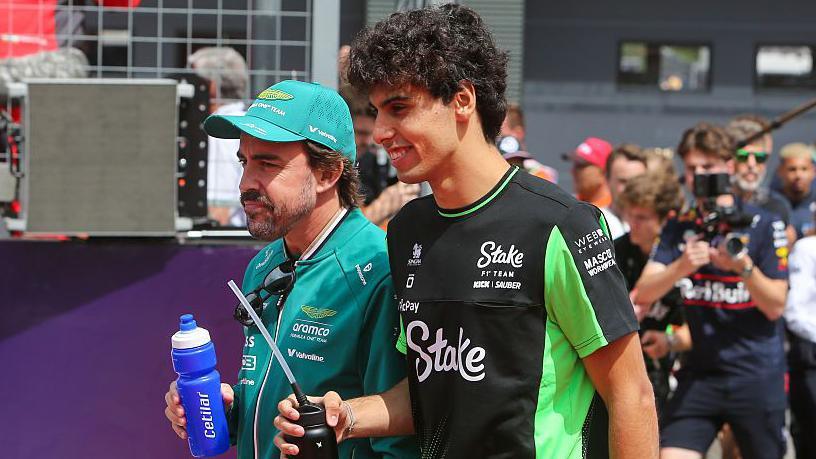
Gabriel Bortoleto and Fernando Alonso walk side-by-side at the Hungarian Grand Prix ferrari
Former Ferrari insiders speak of a culture where self-preservation can sometimes outweigh collective responsibility. When things go wrong, the instinct to assign blame – or at least avoid receiving it – can take over. This is the polar opposite of the “no-blame culture” that Mercedes credit for their 2014–2021 dominance, and which McLaren are now successfully fostering.
Mattia Binotto, the previous team principal, openly spoke about trying to build that collaborative environment at Ferrari. But some felt his version morphed into a “no-fault culture” – a subtle but dangerous shift, where accountability is blurred and problems aren’t addressed quickly enough.
Current boss Frédéric Vasseur is attempting a similar cultural reboot, with the backing of chairman John Elkann and CEO Benedetto Vigna. He’s been given a renewed contract and, crucially, time. The question is whether Ferrari’s deep-rooted habits can be reshaped quickly enough to challenge for titles before another era of dominance – this time Red Bull’s – runs its course.
Beyond Ferrari – The Wider F1 Landscape
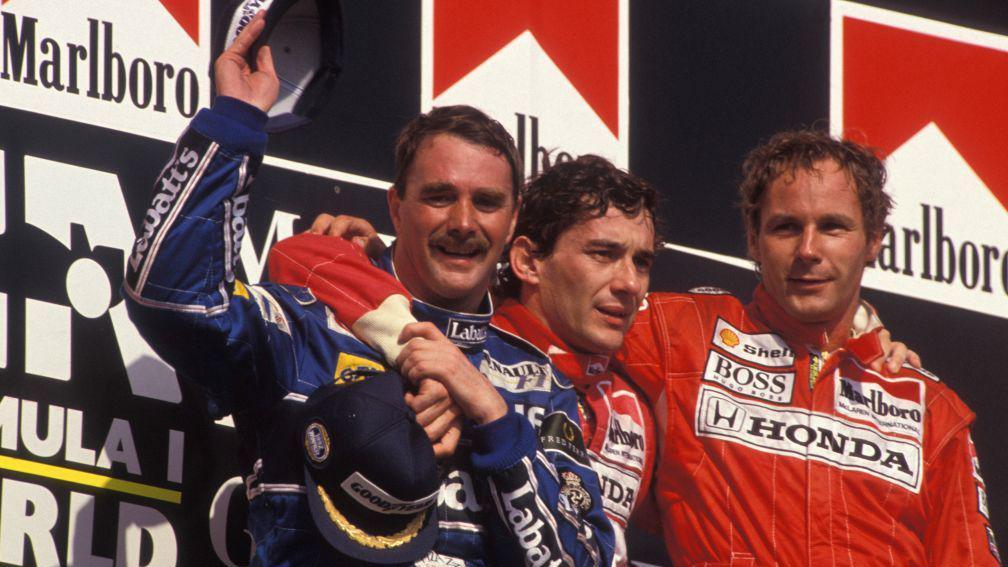
Nigel Mansell lifts his right arm in celebration after winning the 1992 F1 world championship at the Hungarian Grand Prix. Ayrton Senna has his right arm around him on the podium, and Gerhard Berger is on the far right
While Ferrari’s title drought remains a fascinating subplot, the rest of the grid has its own intrigue. Gabriel Bortoleto, for instance, is quietly making waves. The 20-year-old Brazilian rookie secured a career-best sixth in Hungary for Sauber, matching seasoned teammate Nico Hülkenberg’s pace and showing growing race craft. He’s on a multi-year deal, and while talk of a “more competitive seat” is premature, his trajectory is upward.
Looking ahead, the arrival of Audi as a works team in 2026 promises fresh competitive dynamics – and raises the tantalising question of whether a German Grand Prix could return. With Mercedes and Audi on the grid, it would make sense from a marketing standpoint. But as ever, the sticking point is money. Without government backing, staging a race in Germany remains financially precarious.
A New Era – But Will It Change Everything?
F1’s 2026 regulations will usher in sweeping changes to chassis and power units, potentially shaking up the pecking order. In theory, this is an opportunity for Ferrari to reset and break their title drought. In practice, the best-prepared teams tend to stay at the front, and culture often matters as much as engineering.
The forthcoming reset also muddies the waters for historical lap time comparisons. Surfaces change, kerbs are modified, and the cars themselves evolve so radically that records from one era have little bearing on another. Statistics can mislead as much as they inform – something true of both lap times and career records.
The Subjective Greats – One-Timers and Nearly-Men
Speaking of stats, the debate over the best single-time world champion is a perfect example of numbers failing to tell the whole story. From Jochen Rindt to Nigel Mansell, Mario Andretti to Jody Scheckter, one-time champs have ranged from dominant forces briefly interrupted to all-time greats whose careers were shaped by timing, machinery, or plain misfortune.
And then there’s the parallel debate: the greatest driver never to win a title. Stirling Moss and Gilles Villeneuve lead most lists, their legacies built more on artistry and charisma than silverware.
Ferrari Future – Culture or Car?
Ultimately, Ferrari’s drought isn’t about one single flaw. It’s a mix of culture, timing, leadership, and – at times – sheer bad luck. To win again, they must rediscover the cohesion that defined their Schumacher era while adapting to the relentless, politically charged, hyper-technical environment of modern F1.
As Lewis Hamilton will have already learned in his short Maranello tenure, Ferrari doesn’t just need “all the ingredients” – they need the recipe, the right chefs, and the discipline to cook without letting the kitchen descend into chaos.
If they can get that balance right, the longest title drought in their modern history could finally come to an end. But until then, the red cars will remain beautiful, fast… and just a fraction short of the ultimate prize.








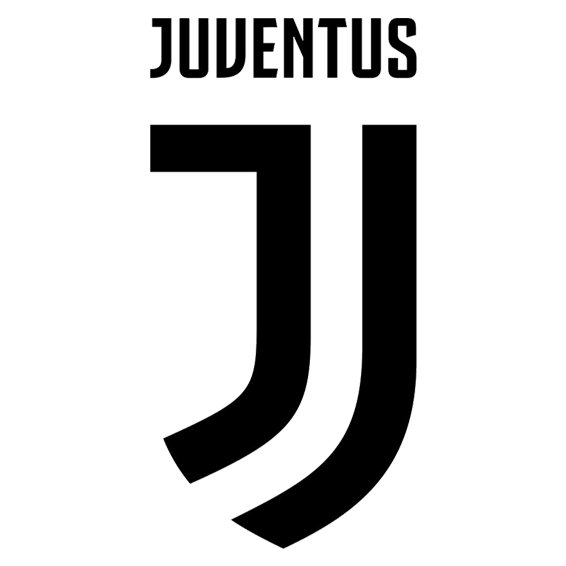






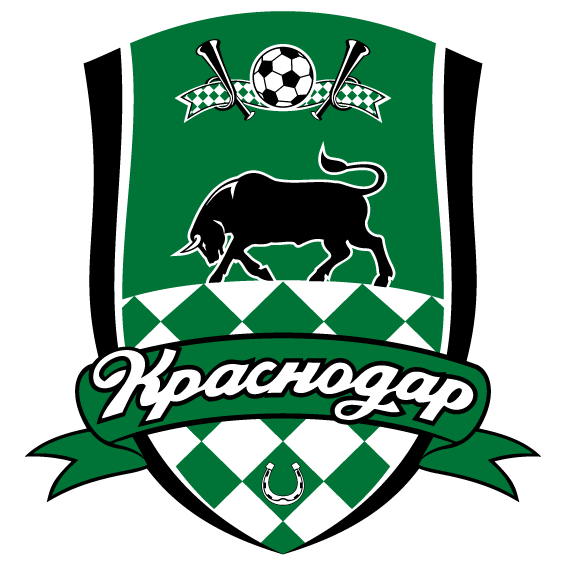







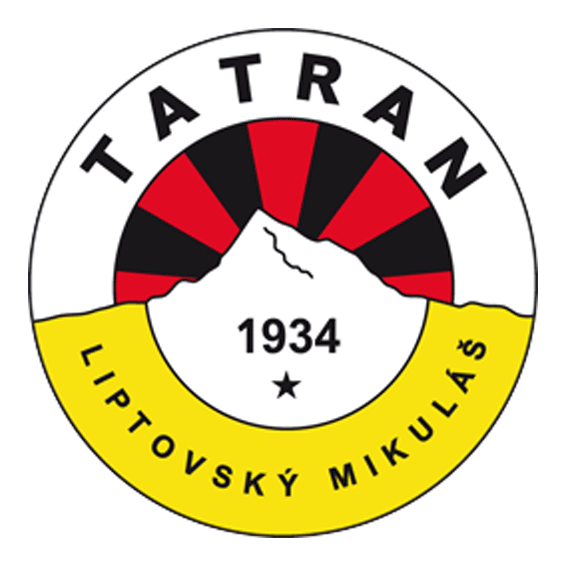


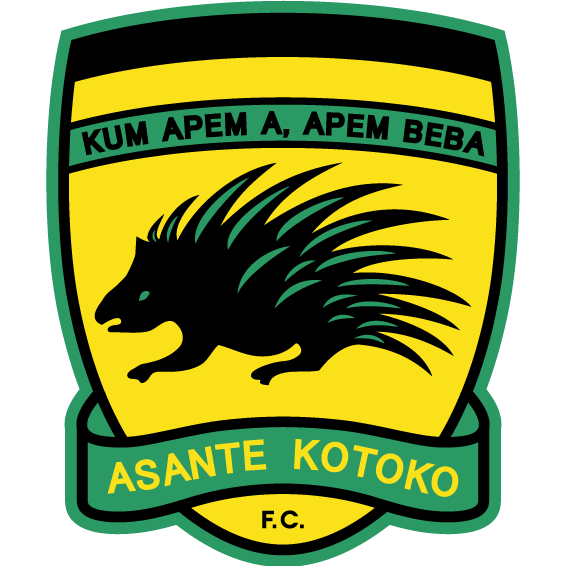





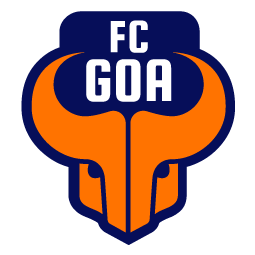





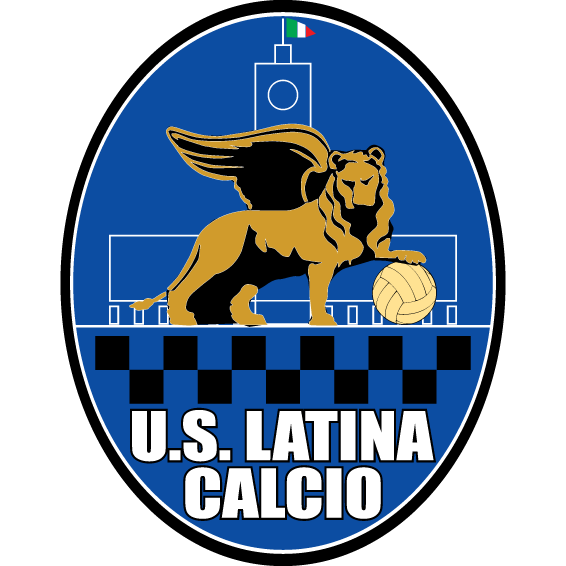
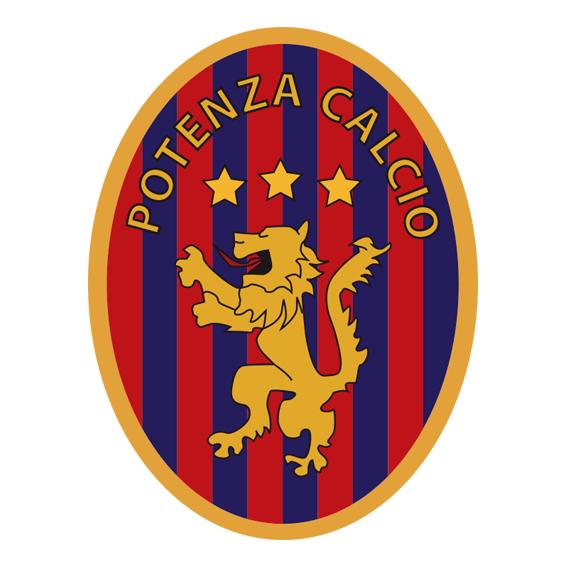
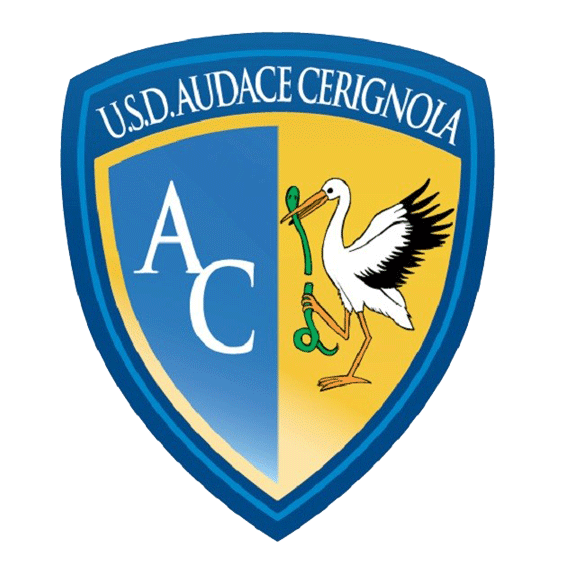
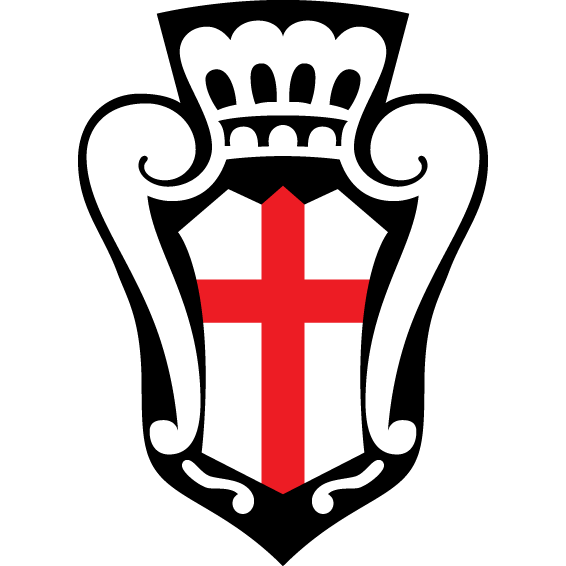


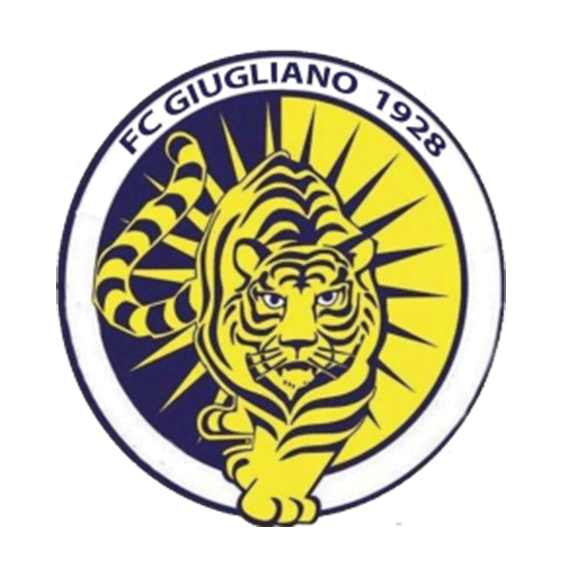































There are no comments yet. Be the first to comment!